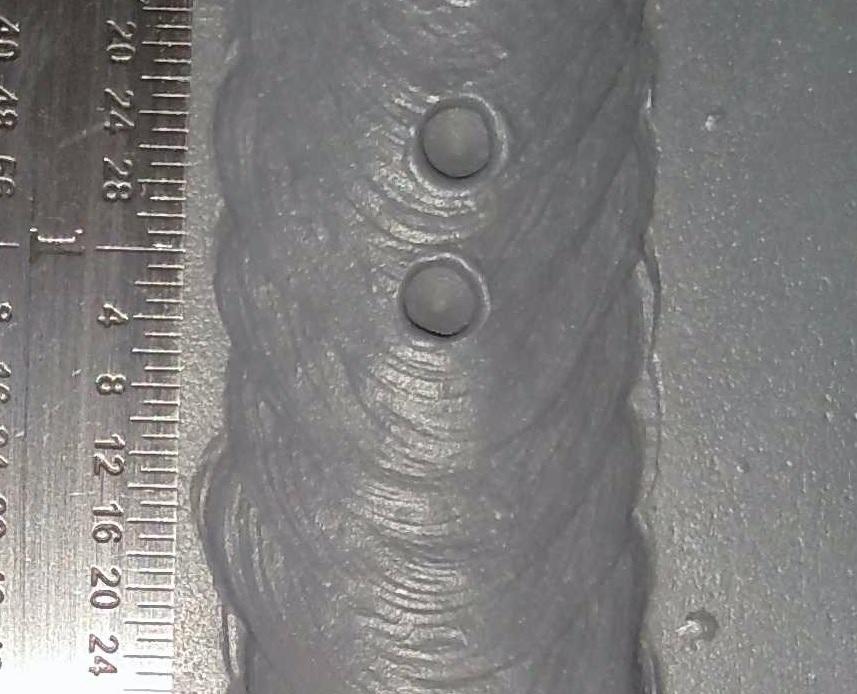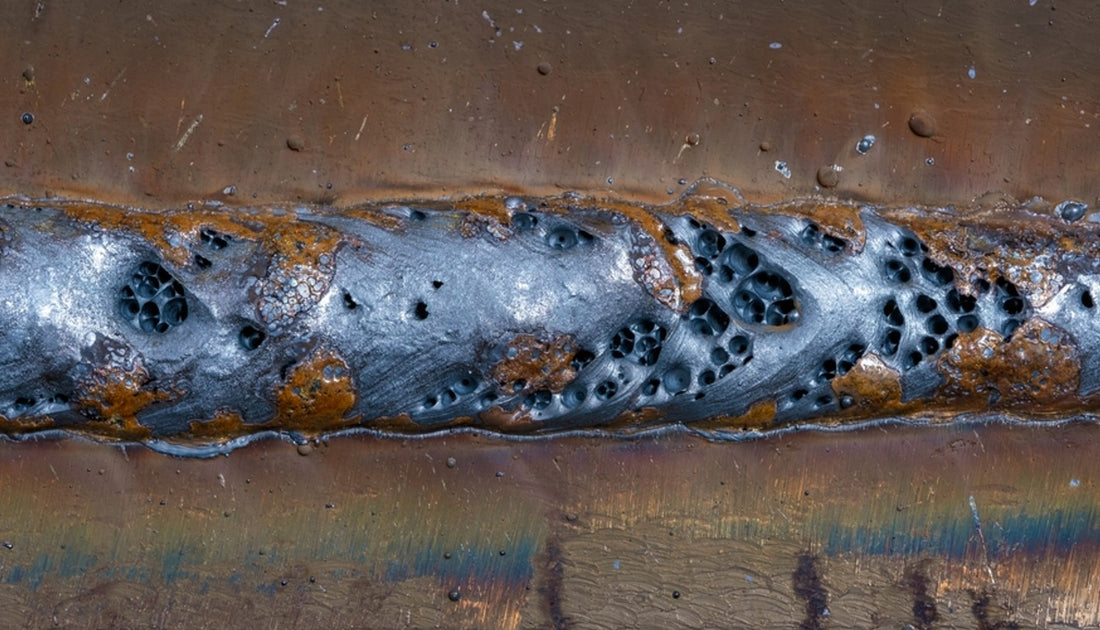Deciphering the Enigma of Porosity in Welding: Tips for Reducing Flaws and Optimizing Quality
In the intricate globe of welding, porosity continues to be a consistent obstacle that can dramatically impact the high quality and integrity of bonded joints. Comprehending the aspects that add to porosity development is crucial in the pursuit of flawless welds. By unraveling the mystery of porosity and executing efficient techniques for issue minimization, welders can elevate the criteria of their work to accomplish remarkable high quality end results. As we explore the depths of porosity in welding, uncovering the keys to its avoidance and control will be paramount for professionals seeking to understand the art of high-grade weldments.
Comprehending Porosity in Welding
Porosity in welding, a typical concern come across by welders, refers to the presence of gas pockets or gaps in the bonded material, which can endanger the honesty and quality of the weld. These gas pockets are generally entraped during the welding process because of numerous factors such as inappropriate securing gas, contaminated base products, or incorrect welding criteria. The development of porosity can damage the weld, making it vulnerable to fracturing and rust, eventually causing structural failings.
By identifying the relevance of preserving correct gas protecting, ensuring the sanitation of base products, and optimizing welding settings, welders can dramatically decrease the possibility of porosity formation. On the whole, a thorough understanding of porosity in welding is necessary for welders to produce high-grade and long lasting welds.

Typical Causes of Porosity
When checking welding processes for possible quality problems, understanding the usual causes of porosity is necessary for maintaining weld stability and avoiding structural failings. Porosity, identified by the visibility of dental caries or spaces in the weld metal, can considerably compromise the mechanical buildings of a welded joint. One usual root cause of porosity is inappropriate shielding gas protection. Insufficient shielding gas flow rates or incorrect gas blends can bring about atmospheric contamination, resulting in porosity formation.
One more common reason for porosity is the presence of wetness and impurities externally of the base steel or filler product. When welding products are not appropriately cleansed or are exposed to high degrees of moisture, the evaporation of these pollutants during welding can create gaps within the weld grain. Furthermore, welding at improper criteria, such as excessively my latest blog post high travel rates or currents, can produce excessive disturbance in the weld pool, trapping gases and triggering porosity. By dealing with these usual reasons through correct gas protecting, material prep work, and adherence to optimum welding specifications, welders can reduce porosity and enhance the high quality of their welds.
Techniques for Porosity Avoidance
Executing efficient preventive procedures is critical in reducing the event of porosity in great post to read welding procedures. One strategy for porosity prevention is making certain appropriate cleansing of the base steel prior to welding. Contaminants such as oil, grease, corrosion, and paint can bring about porosity, so extensive cleansing making use of suitable solvents or mechanical techniques is crucial.

An additional key safety net is the option of the right welding consumables. Using premium filler products and protecting gases that appropriate for the base steel and welding process can dramatically reduce the risk of porosity. Additionally, preserving appropriate welding criteria, such as voltage, current, travel speed, and gas circulation price, is vital for porosity prevention. Deviating from the recommended settings can result in improper gas coverage and inadequate fusion, bring about porosity.
Furthermore, using appropriate welding strategies, such as preserving a regular traveling rate, electrode angle, and arc size, can aid avoid porosity (What is Porosity). Ample training of welders to ensure they adhere to best techniques and high quality control treatments is additionally essential in decreasing porosity defects in welding

Best Practices for Top Quality Welds
One secret technique is maintaining correct sanitation in the welding area. Thoroughly cleaning the workpiece and surrounding area before welding can websites aid alleviate these problems.
An additional ideal practice is to meticulously choose the suitable welding specifications for the specific materials being joined. Appropriate parameter option makes certain optimal weld penetration, combination, and total high quality. Utilizing top notch welding consumables, such as electrodes and filler steels, can significantly influence the last weld top quality.
Importance of Porosity Control
Porosity control plays a crucial function in guaranteeing the honesty and top quality of welding joints. Porosity, characterized by the existence of cavities or gaps within the weld metal, can substantially endanger the mechanical homes and architectural stability of the weld. Too much porosity damages the weld, making it a lot more at risk to splitting, deterioration, and general failure under operational loads.
Efficient porosity control is important for preserving the desired mechanical residential or commercial properties, such as strength, ductility, and durability, of the bonded joint. What is Porosity. By reducing porosity, welders can boost the overall quality and dependability of the weld, making certain that it satisfies the performance demands of the desired application
Furthermore, porosity control is important for achieving the wanted visual look of the weld. Too much porosity not just compromises the weld but additionally diminishes its visual appeal, which can be important in industries where visual appeals are very important. Correct porosity control strategies, such as using the right securing gas, regulating the welding specifications, and making certain appropriate cleanliness of the base products, are vital for generating premium welds with marginal issues.

Final Thought
In conclusion, porosity in welding is a common flaw that can jeopardize the top quality of the weld. It is vital to regulate porosity in welding to make sure the honesty and strength of the final item.